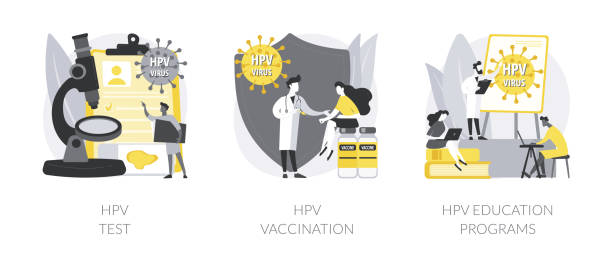CERVICAL CANCER PREVENTION; THINGS TO DO BEFORE SHE TURNS 30.

Cervical cancer is mostly identified in females over 30 years (Nwabichie et al., 2018), its incidence increases after 20 years and peaks at 50 years (Ngoma & Autier, 2019). Therefore, it is recommended that HPV testing should begin at age 25, and primary testing should be done every 5 years by females aged 25 - 65 (The American Cancer Society Guidelines for the Prevention and Early Detection of Cervical Cancer, 2021).
January is cervical cancer awareness month, you need to rewrite your new year to-do list to accommodate these 3 self-actionable areas, for cervical cancer incidence and mortality prevention:
- Testing:
Due to its slow growing nature, cervical cancer is preventable and treatable if detected early (Nwabichie et al., 2018). Make out time from your busy schedule, visit the nearest hospital and get tested.
- HPV vaccination:
HPV vaccination is recommended for reducing the incidence and burden from cervical cancer in low and middle income countries (Black & Richmond, 2018). The vaccine can be given from 9 years as it is most effective before sexual activity begins.
- HPV education:
There are different ways you can do this, including:
a. Volunteering: There are programs that are aimed at prevention, awareness creation and education on cervical cancer, you can join one, contribute and assist with planning intervention programs.
b. Advocate/Use your platform: Advocacy and health education (using any communication channel) has a major impact on health promotion. Tell people about your experience and encourage them to do what you did.